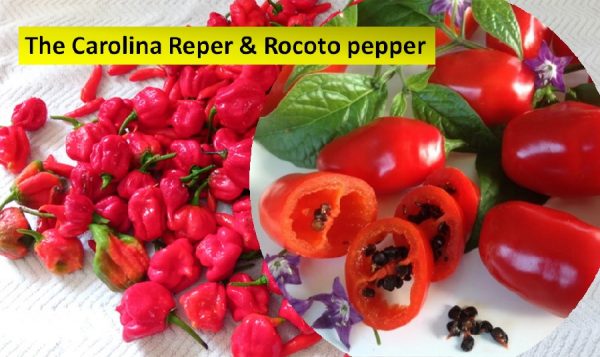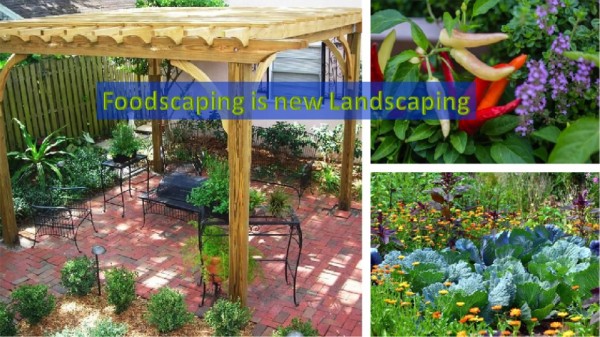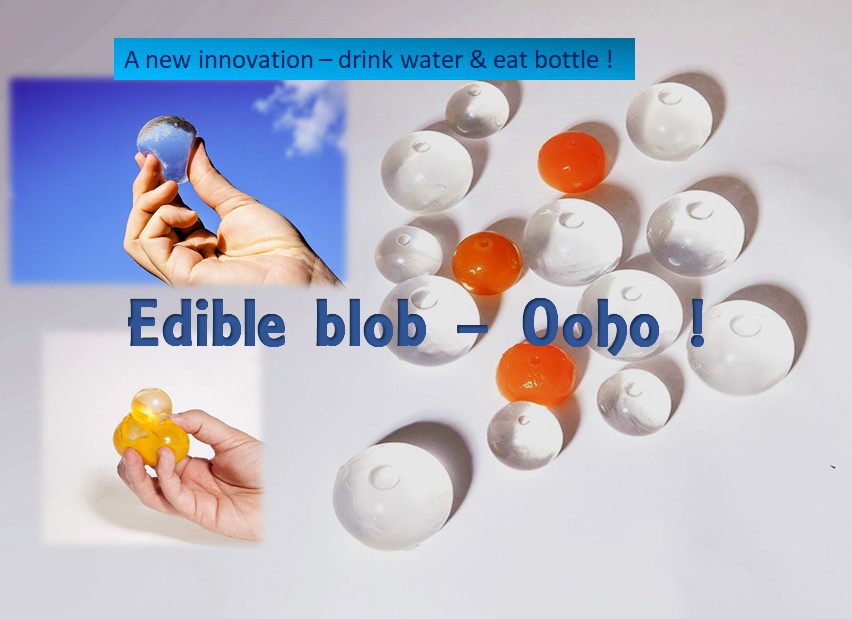Have you ever imagined that one day you would be able to eat water bottle too? Answer is yes. It is a reality now!! London based new startup company has come up with a product -after drinking water one can eat the container!! This is edible blob !!!
Skipping Rocks Lab is a seaweed technology startup company. They have created a product called Ooho and it is an edible water bottle product.
Skipping Rocks Lab is a part of the climate KIC startup acceleration program. It is funded by European Institute of Innovation and Technology (EIT) and Imperial College Scientific team.
The round, spherical packaging made of entirely seaweed is natural and biodegradable. The material is safe and cheaper than plastic. If consumer don’t feel like eating the packaging material, the flexible, bubble-like packaging biodegrades in just 4-6 weeks, the same time as a piece of fruit. This algal membrane can be flavored and colored and seaweed material encapsulates any beverages including water, soft drinks and spirits. It also can hold cosmetics!
“The London-based sustainable packaging start-up want to transfer from simply selling their water bubbles from pop-ups to challenging plastic waste on a global scale, piloting their water bubbles at major sporting events in 2018”
How these drinkable and edible spheres are made?
Ooho spheres are made by dipping frozen balls of water or any liquid into an algal mixture that forms a membrane around the frozen liquid (ice). The ice melts into liquid water and membrane, which is edible and biodegradable, forms a watertight seal around it. To consume the liquid, one can either bite into the tasteless membrane and sip it out or just eat the entire ball, membrane and all.
This seems to be a solution for plastic bottle usage that is harming our environment. The amount of waste we human regenerate is a great cause of concern from past many decades. The aim of Ooho is to provide the convenience of plastic bottle by limiting plastic bottle impact on environment.
Currently Skipping Rocks is fundraising online, and nearly 1,000 independent investors contributing money to the company.
The innovation is excellent. However, the size of the sphere matters. One must think, is one or few spheres can fulfill the thirst? It might be good for sports, marathon and other events. If someone must pack the spheres then how it works – because these spheres are delicate. Unless they find a way to pack it in edible, biodegradable bags that makes it easy to carry the spheres.
Skipping Rocks Lab was awarded 2014 Lexus Design Award, 2014 World Technology Award that was held in association with TIME and Fortune, 2016 UK Energy Global Award and 2015 SEA Award.
See more about Skipping Rocks Lab innovation here:
https://www.designboom.com/technology/skipping-rocks-lab-ooho-edible-water-bottle-04-12-2017/
References:









